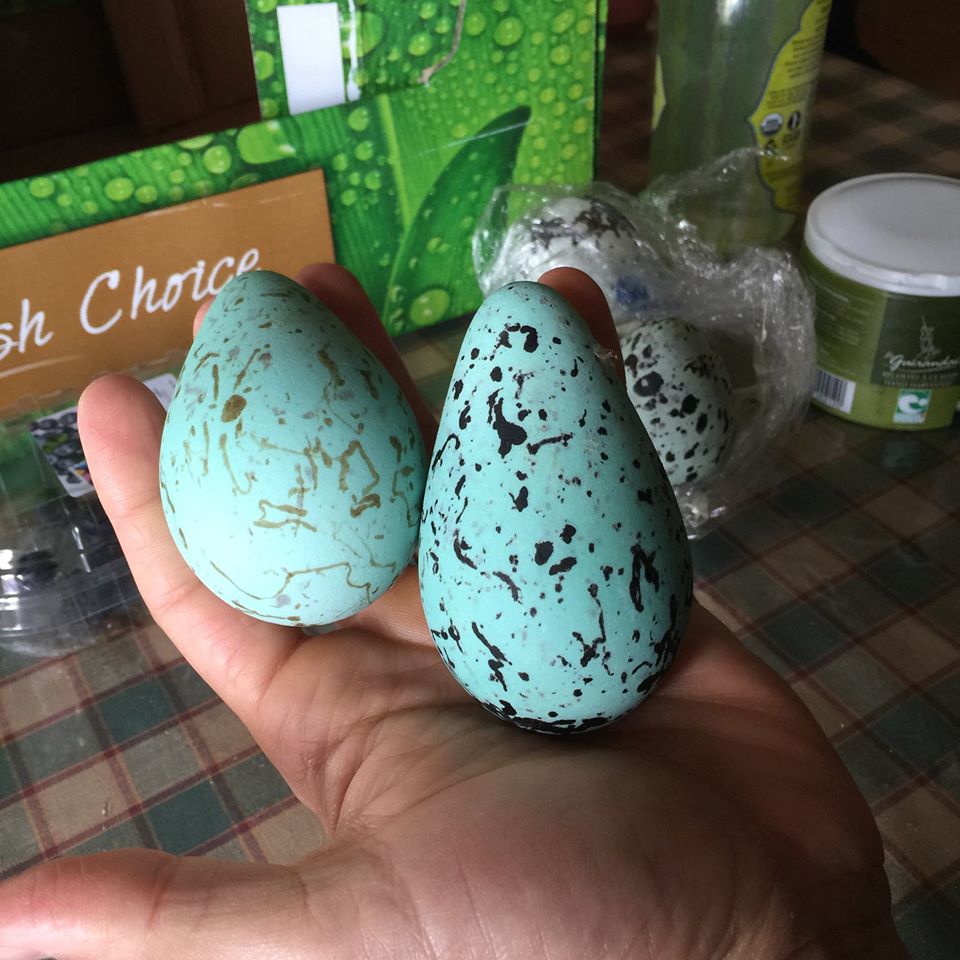Have you ever thought about how foods become a certain color? Here is an excerpt from my upcoming Color Cure book that will help explain the importance of Vitamin A colors. I have also included extraordinary images of speckled eggs and red-orange egg yolks from Iceland to demonstrate the point.
The Color of Nutrients
Of the 750 carotenoid color pigments (these are strong antioxidants usually of vegetable origin such as carrots), about 50 of these should regularly show up in our diet, and 10 show up significantly and have been the subject of numerous research studies.
These 10 are the dominant carotenoids that comprise the great majority of the carotenoids consumed. You will see these 10 carotenoids (as well as others) in various foods, superfoods, and herbs throughout Color Cure.
The top 10 carotenoids and their natural colors (in alphabetic order) are:
Alpha-carotene (yellow)
Astaxanthin (red-pink)
Beta-carotene (orange)
Beta-cryptoxanthin (orange)
Canthaxanthin (red)
Gamma-carotene (orange)
Lutein (yellow)
Lycopene (red)
Violaxanthin (yellow)
Zeaxanthin (orange)
Color Pigments and Vitamins
One of the most well-known aspects of carotenoids is that some of them can be converted into vitamin A or retinoid forms (retinol, retinal, retinoic acid) in human and animal metabolism. Just like an alien movie, they can take another form once ingested. Vitamin A forms are a critical component for human development and growth, skin health, bone and teeth integrity, red blood cell development, DNA health, immunity, and eye-health.
Carotenoids and their derivative vitamin A (or retinoid) forms are found only in the following colors: yellow, orange, pink, red.
Vitamin A
Vitamin A or retinoids are derived and manufactured in animals from carotenoid color pigments that the animals consumed. Certain animal products such as milk, butter, cheese, fish, mammal livers, and egg yolks contain retinoids. That means Vitamin A and some carotenoids provide the natural color you see in these foods.
At the top of the ocean food chain, animals will possess more longer-chain — and nutritionally superior— orange and red carotenoids and retinoids in their metabolism; this is why the Icelandic bird egg yolks are deeper and richer in reds and oranges and this may be a key factor in why Icelanders live longer.
At the top of the terrestrial (land) food chain, animals will possess more shorter chain yellow and sometimes orange carotenoids and retinoids in their metabolism.
Red-pink astaxanthin is considered the strongest of all the main carotenoids in antioxidant activity. In your blood, carotenoids are typically 2-5 times more powerful as antioxidants than vitamin C.
The pink colors of salmon flesh and flamingos and the red-orange colors of the Icelandic guillemot egg yolk, are derived from the astaxanthin carotenoids that these animals consume by being up the food chain from marine phytoplankton or micro-algae (that create astaxanthin in the first place).

Guillemot Eggs


The deep-rich yellow color of a normal, healthy, chicken egg yolk is the result of the chicken consuming lutein and canthaxanthin (both carotenoids) in its feed. The deep yellow color of a healthy chicken’s skin is due to lutein. Lutein is found in healthy animal fat — but again, it must come originally from plants. We can imagine similar richness of color of our tissue when we are eating high quality carotenoids and retinoids (Vitamin A forms). Used intelligently, carotenoids and Vitamin A are internal food pigment cosmetics.
A couple additional notes on the topic
The carotenoids lutein, astaxanthin, and zeaxanthin are found in healthy human eyes and exert a protective effect on the macula and retina allowing for better vision. Zeaxanthin is found in the macula lutea of the eye. Lutein is found in other parts of the retina to protect the eye from free radical damage caused by blue light (often from computer and smart phone screens).
The intake of carotenoids, such as beta-carotene can cause a person to turn orange. This is not harmful, it means that that person lacks a liver enzyme (that other folks may have) that rapidly breaks down high doses of beta-carotene.

